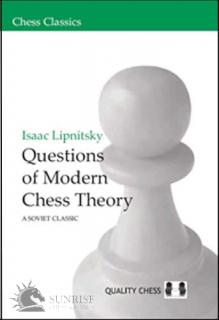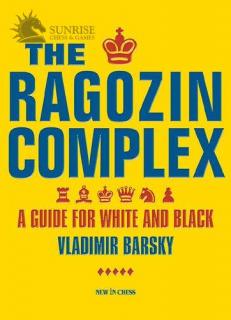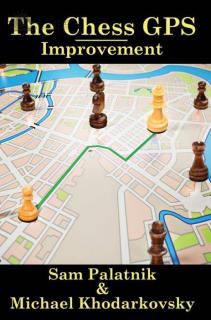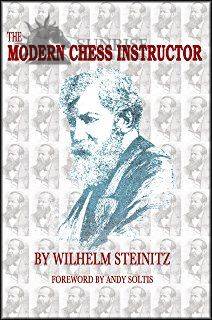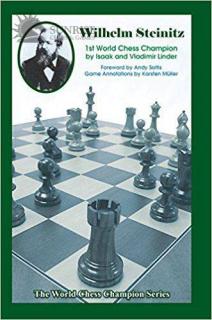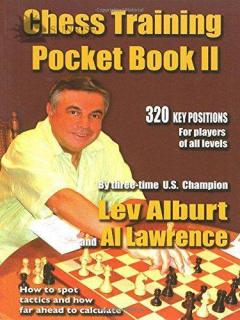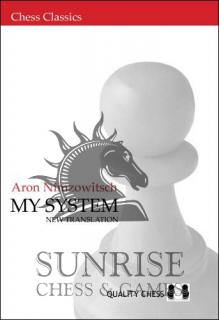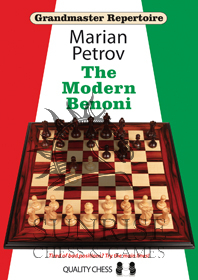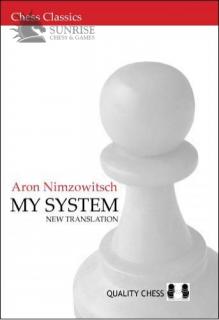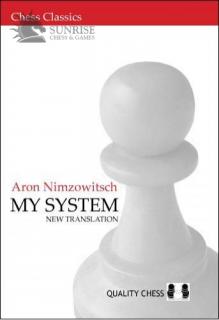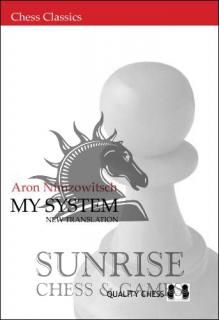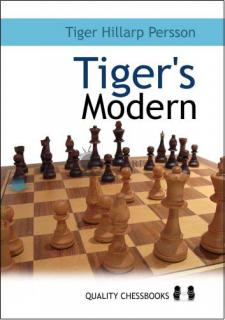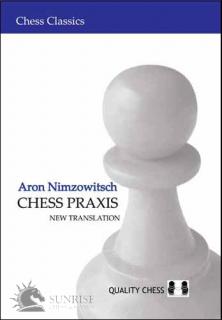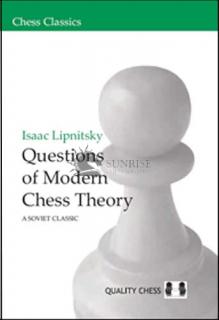
Questions of Modern Chess Theory by Isaac Lipnitsky
Wersja językowa książki - angielska.
Questions of Modern Chess Theory is the lost masterpiece of Soviet chess literature. It was written by a 2-time Ukrainian Champion, and published in the Soviet Union in 1956. Russian experts say it is one of the most influential chess books of the 20th century, yet it was never published in English.
Isaac Lipnitskywas a major player on the Soviet chess scene just after World War Two, strong enough to take the scalps of Keres, Smyslov and Petrosian. He would no doubt have been a household name had he not tragically passed away at a young age in 1959.
The missing link between Nimzowitschs My System and chess today, updated for the 21st century.
Publication Date
9 September 2008
ISBN:978-1-906552-03-9 - 232 pages
Reviews
Quality Chess also published some of the Soviet classic chess books, recommended for tournament players... Isaac Lipnitsky'sQuestions of Modern Chess Theorywas widely read by players of my generation, including Bobby Fischer. In the original version from 1956, the Ragozin variation of the Queen's Gambit found its way into Fischer's repertoire. It is not included, but the book gives many great examples of dynamic opening play.
GM Lubomir Kavalek, Huffington Post
Highly Recommended. (full review)
IM John Donaldson
If it was important enough for Botvinnik and Fischer to hold dear, this reviewer would suggest, without reservation, that this book still belongs in every serious players library fifty years later. (full review)
Steve Goldberg, ChessCafe
Questions of Modern Chess Theory is without doubt one of the best chess books of all time. ... The book is full of clear, easily understandable examples, written by someone who doesn't make a fuss of words and is able to explain chess in a crystal-clear style. (full review)
ChessVibes.com
Even 50 years later this work is still a masterpiece!
John Elburg
This superb book had a high reputation in the Soviet Union, and with good reason... it is definitely book of the month, and very likely book of the year.
Bernard Cafferty, British Chess Magazine
The author doesn't need many pages of tiresome exposition to make his point. He explains complicated chess theory in no time with excellent game examples and clear and logical language.
Martin Rieger, Europa Rochade
Discussion atChessPub.com:Questions of Modern Chess Strategy
Nominated for Book of the Year by theGuardian
ISBN:9781906552039- 232 pages - 9 September 2008
- Sklep: Sklep z szachami - Szachy drewniane | Producent Szachów
- Kategoria: Książki szachowe/Książki - po angielsku/Postęp szachowy
- Dostępność: na stanie
- Zaktualizowany: 3.3.2025
- Cena: 111.00 zł
